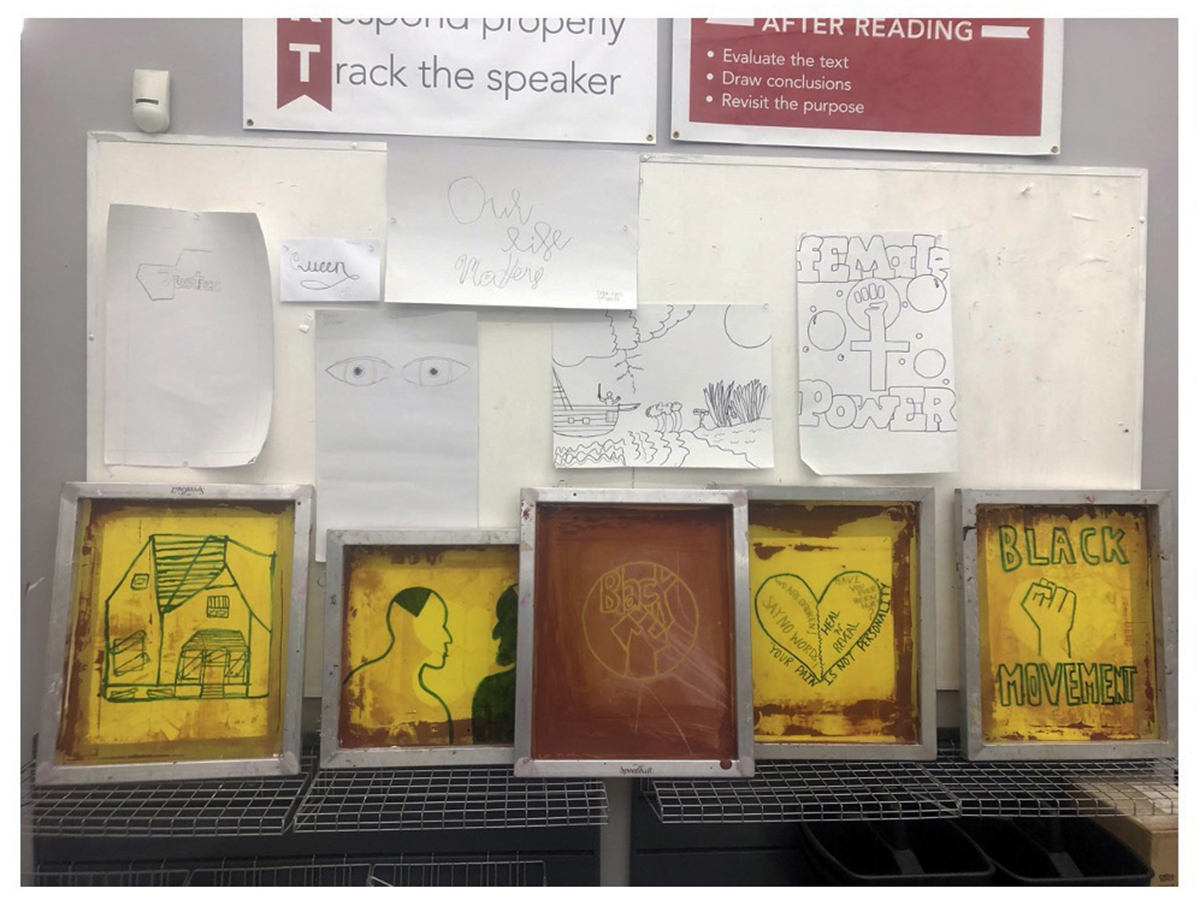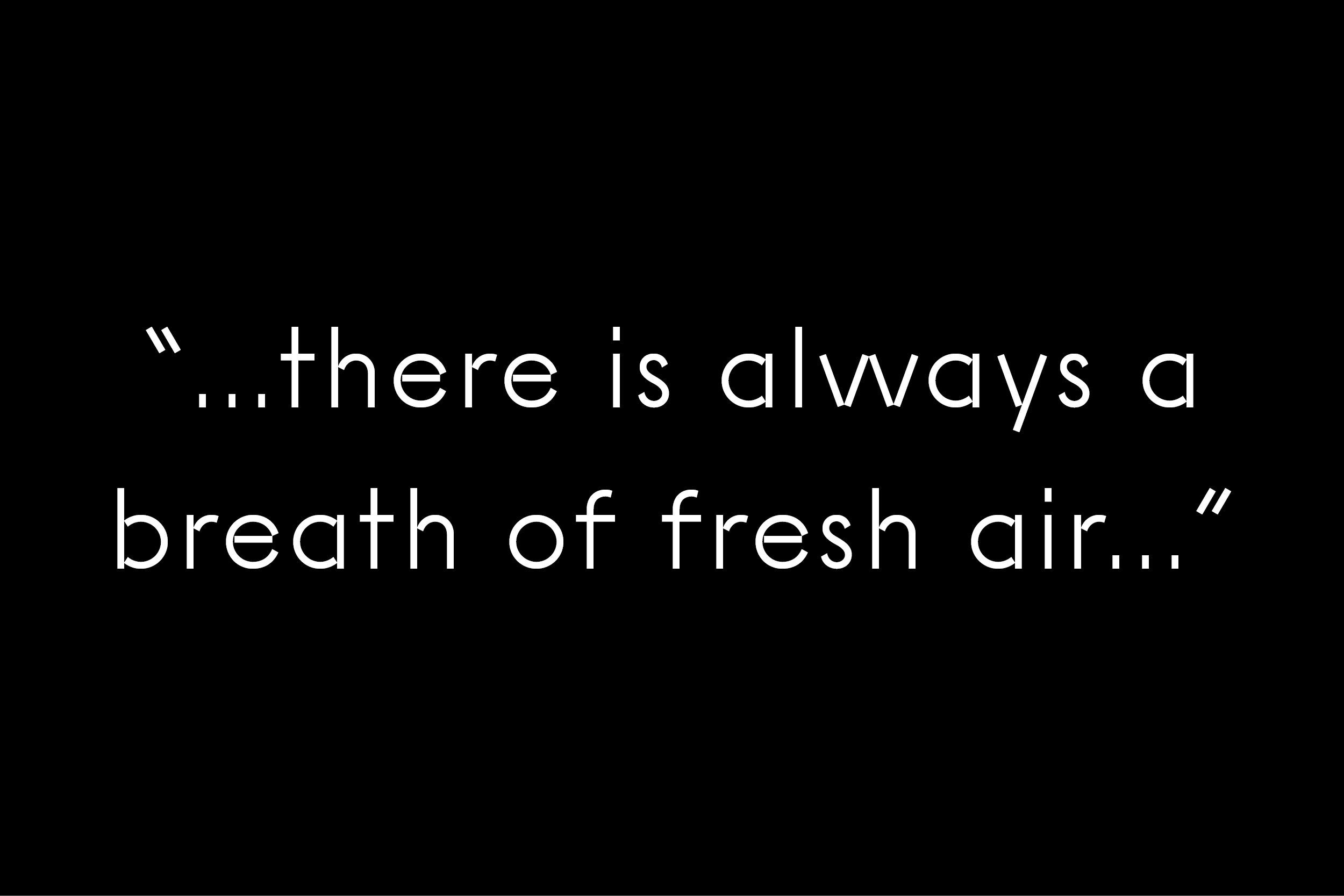
Dear Ms. Whitehurst,
Sometimes, I look back and remember when you were Ms. Katie, when you worked with little babies, having them paint with their feet, discovering how paint felt.
I remember your thirst for more knowledge: how to make your students’ experience richer. I remember the next year in Buffalo, as an AmeriCorps member, when you questioned why many older teachers had no passion left. I remember your frustration and your next steps toward the goal of “being the best art teacher.” I remember why that was even a goal.
I remember that summer of grad school. It was hot, and the amount of thinking, discussing, reading, writing left you so anxious to start teaching and fueled you for that entire year, throughout which you struggled. After grad school was the first summer you were really able to take a breath of fresh air.
You have found that there is always a breath of fresh air during the summer months. You are interested in pushing yourself to develop new curricula, learn more about yourself as a teacher, gain more accolades, or simply develop a new habit in your classroom. The summer of 2019 you challenged yourself with the MCA’s Teacher Institute.
You planned to use the MCA’s Teacher Institute to figure out how to challenge students to think about deep issues. After teaching within the community for two years, you would be able to push yourself and your students. You wanted them to tackle issues within their community using art—not only as a tool, but as the main vehicle.
The summer days of the Teacher Institute reminded you of some of your first days at grad school. It was summer, you were reading, looking, thinking, discussing and ingesting a lot. Looking at your notes now, all the ideas were big ideas. Questions—big philosophical questions. Concepts, quotes and ultimately many, many, many thoughts on art.
You were fascinated with the daily artists’ reflections and activities, hearing artists speak on their work and listening to how others in the Institute had interpreted it differently than you. A consistent focus was community: how we teach community, and how much personal inquiry should really drive the work. You enjoyed being a student, and learning how to develop deep impactful questions to investigate an idea.
Experiencing the Virgil Abloh exhibit in conjunction with Arthur Jafa’s Love Is The Message, The Message Is Death allowed you to see a possible connection you could make to your students’ culture. It got you excited, and it made you think of ways to integrate art program resources. You thought about how Abloh branded himself, his ideas, and played on notions of how culture and objects connect with the media. You came to the conclusion that you would begin the project inquiry with the question, “If you had to buy or sell part of your culture, what would it be?”
Process
When the school year began, you thought a lot about how this week-long experience could impact your teaching. You selected one course and a few different media from which the students could choose to work—items which specifically focused on production, such as screen printing and 3D printers. You exposed students to the concept of developing questions and ideas. You thought you were covering it all.
But discussions with students were difficult. It felt too formatted, and the students were frustrated and just wanted to create. You felt like you were forcing topics and students’ ideas did not develop as you hoped. When you thought about this, you thought about what you might be teaching wrong. You circled back around to thinking about the Teacher Institute and what had intrigued you as the student. What you realized is how the Institute had allowed you to discover: You were enabled to reveal a lot, think a lot, and create. You then let that happen in your classroom.
You showed students more artwork by Abloh, Jafa, and others. You asked them to reflect on the work, rate the work, and learn about the artists’ backgrounds. Half the class was dedicated to this, and half the class was engaged in studio work time. They developed questions, created proposals, and produced works in response, as they wanted. You helped them share what they thought, but you did not force discussion. You let it happen organically throughout studio work time.
You realized your students were asking each other meaningful questions about their work, as they developed work showing both their personal and collective identities. Their work varied in materials. Many more students than you expected chose to draw or create three-dimensional original artworks. They were discovering; they were working out their ideas.
Students visited the MCA in the process of creation, and they were taken around the museum by an incredible artist guide. The guide connected with the students, making them think about how culture is ingrained in artists’ work. They watched and discussed Love Is The Message, The Message Is Death and engaged in dialogue around intense topics, which helped them see themselves in a different light. You saw a change in how the students saw themselves. They saw themselves in the works within the museum. This pride was emulated in their work when they returned to school.
Conclusion
Moving forward, you realize you needed to plan to let students discover more. You needed to discover more alongside your students. Your students needed guidance and scaffolding to think about and create meaningful art, but they also needed discussion to happen organically and to be allowed to choose how to interact with one another, how to help each other, and what questions to ask each other.
One goal of the project was for the students to see how they could create and sell their work. You aimed to have the students develop a sense of “entrepreneurship” throughout this process. Remember how one student created her brand called “One Type?” She designed a cell phone case and a t-shirt which she then created. It was just the beginning of many designs she created throughout the year.
Your students learned to develop an idea, plan how to explore that idea, and engage in the process of artistic investigation in a way that was personally meaningful. Currently, due to COVID-19, we are in remote learning mode. During this time, and in the future, remember this: When your students have a thought: listen, guide, and help them pursue that thought. Remember to let them discover art, reflect on art, and discover their personal process.
Sincerely,
Ms. Katie
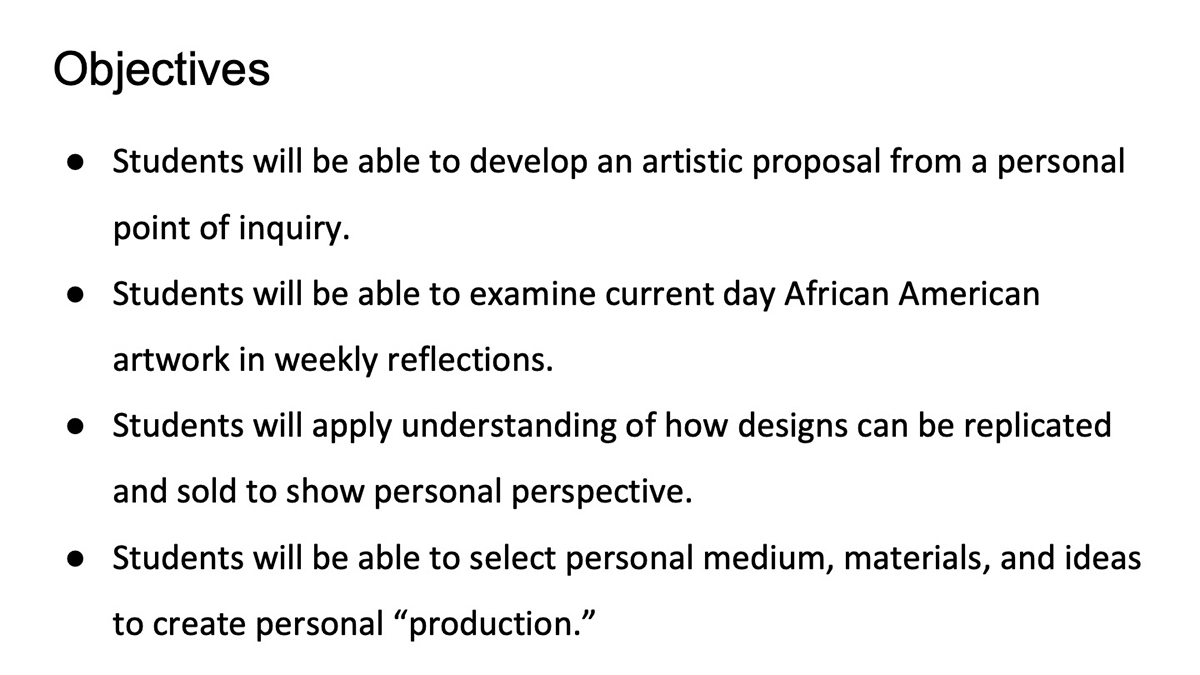
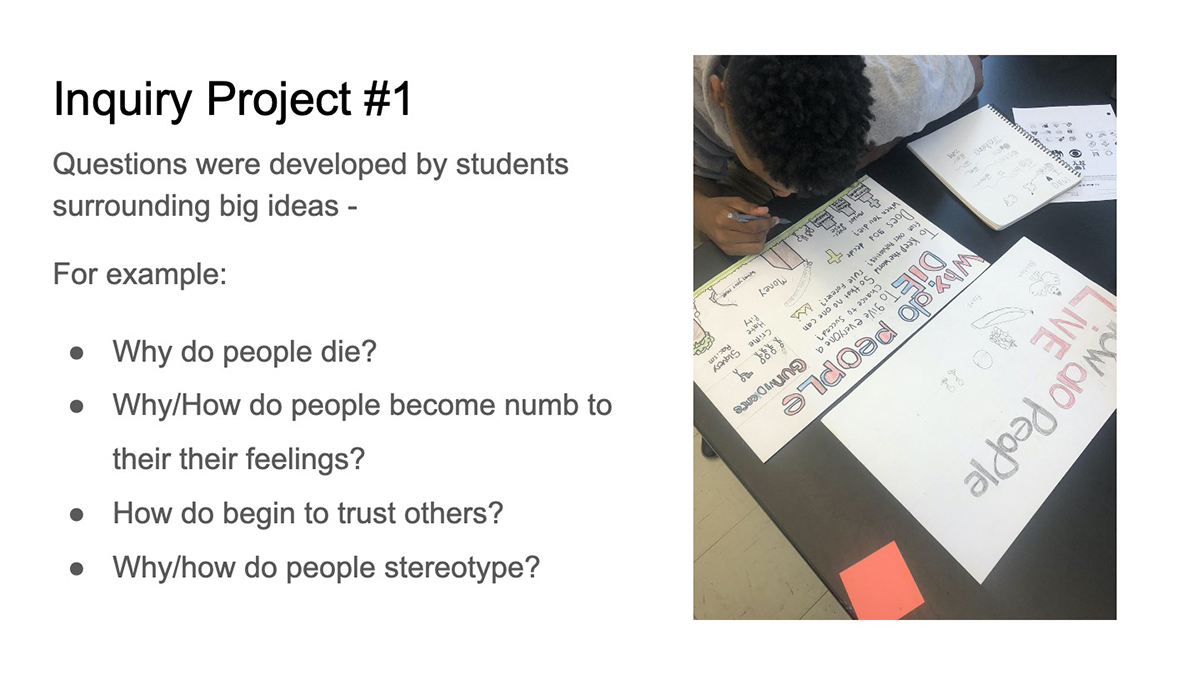
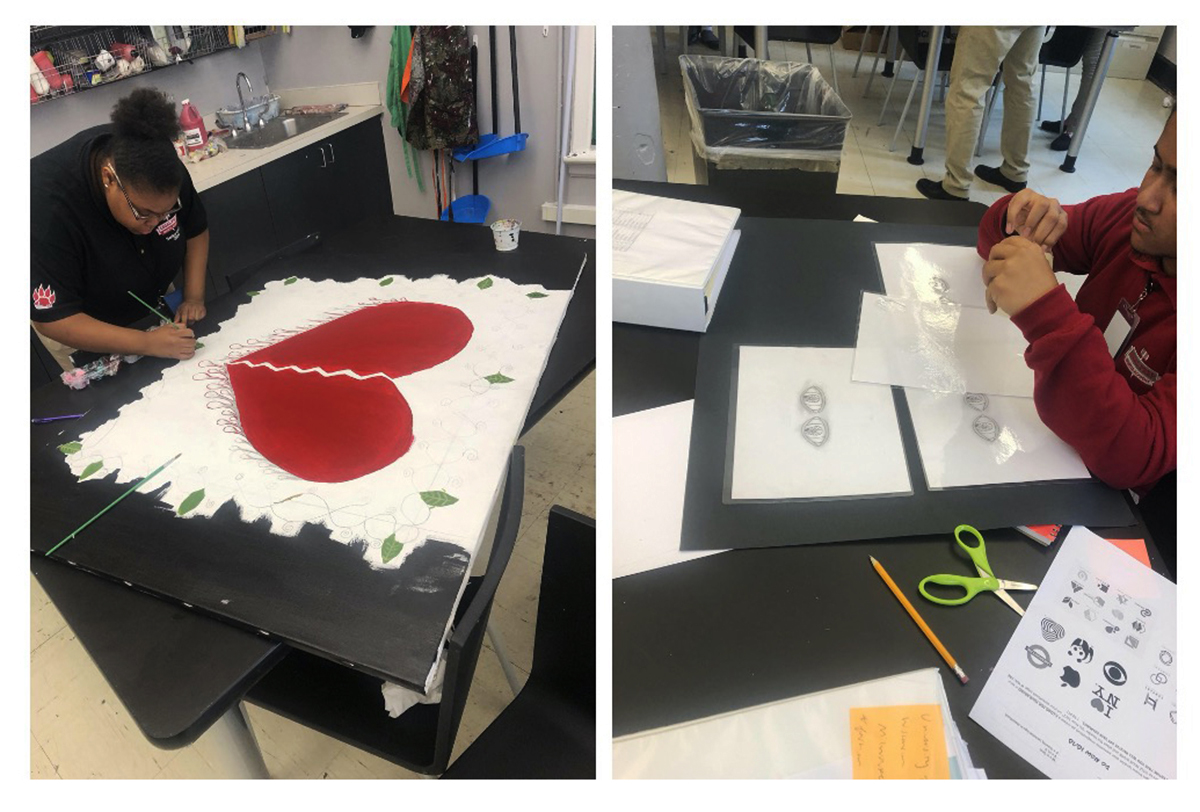
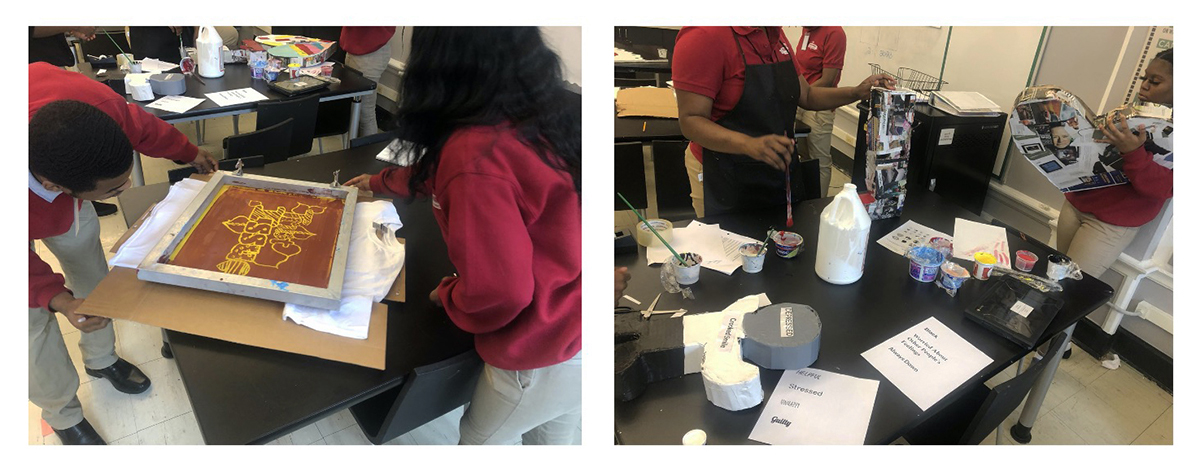
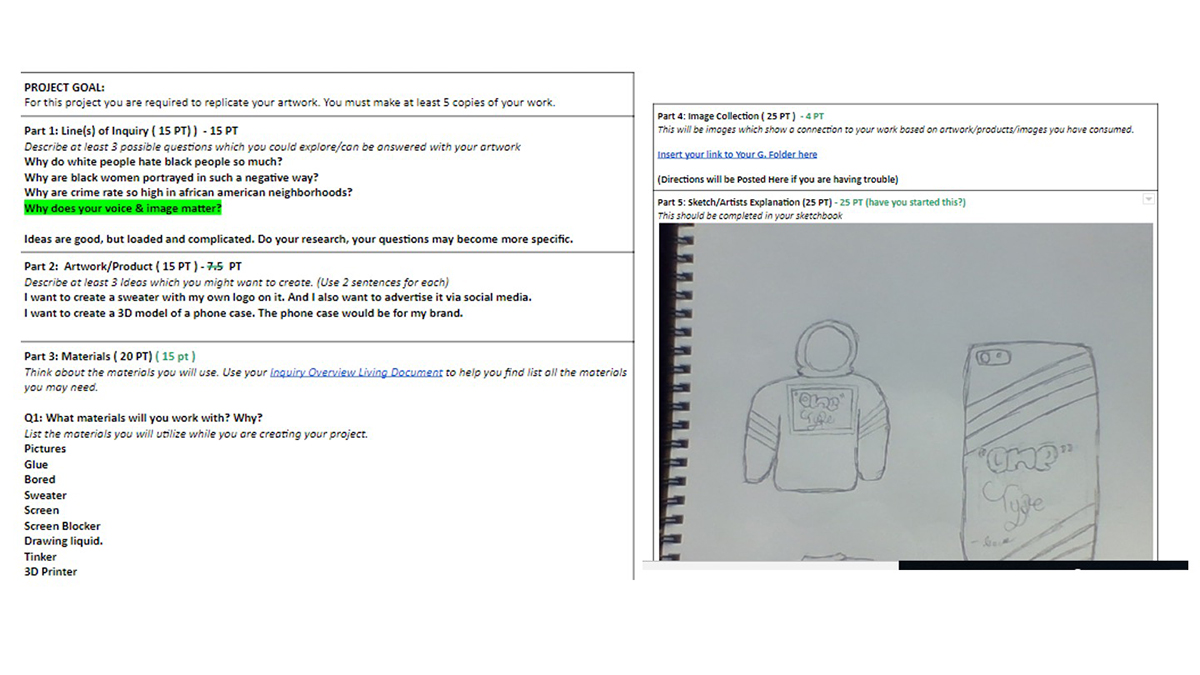

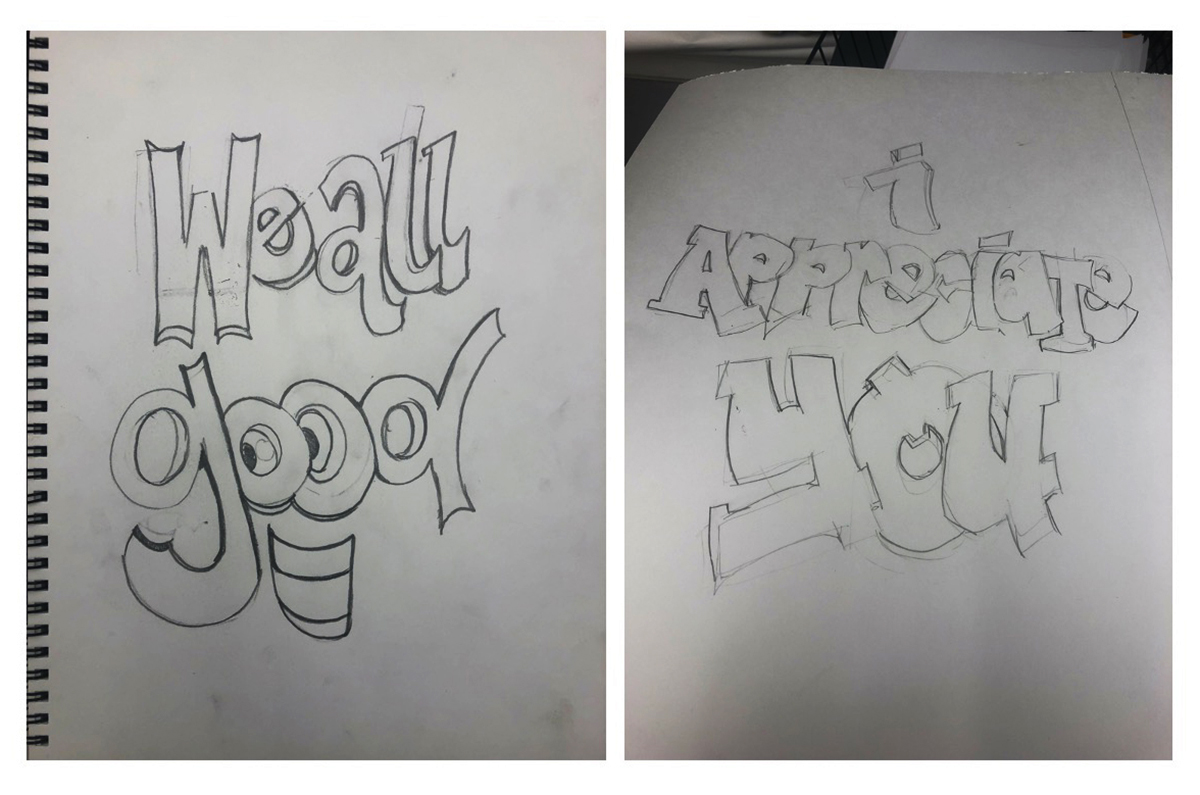
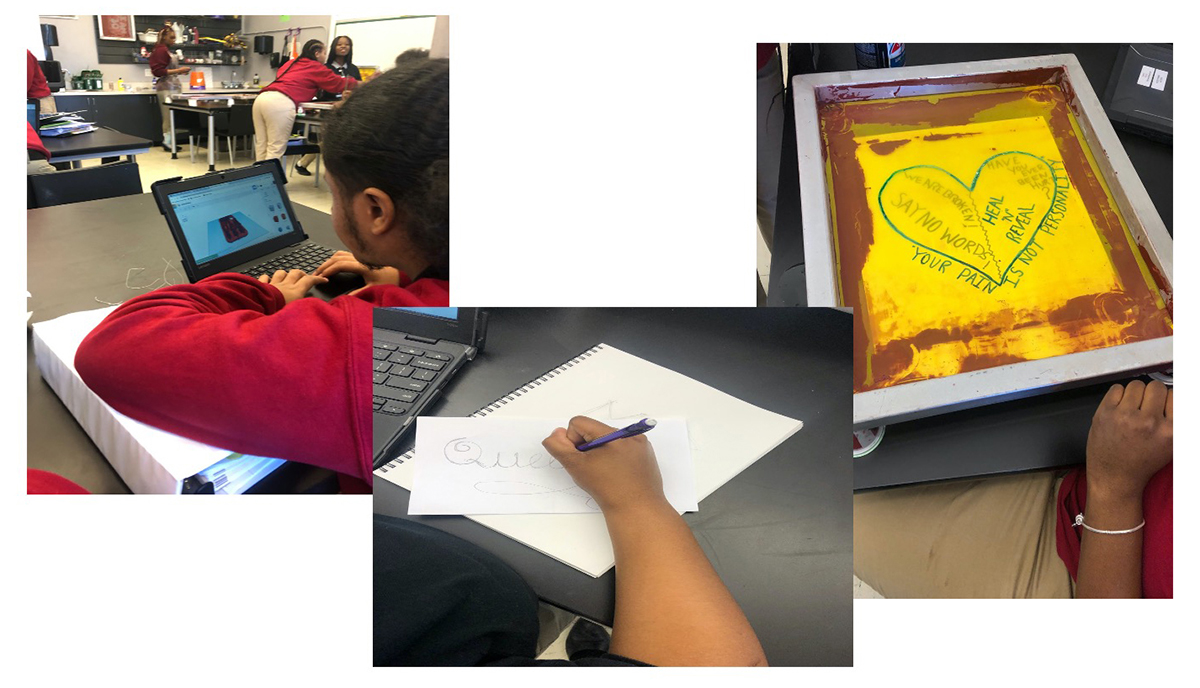

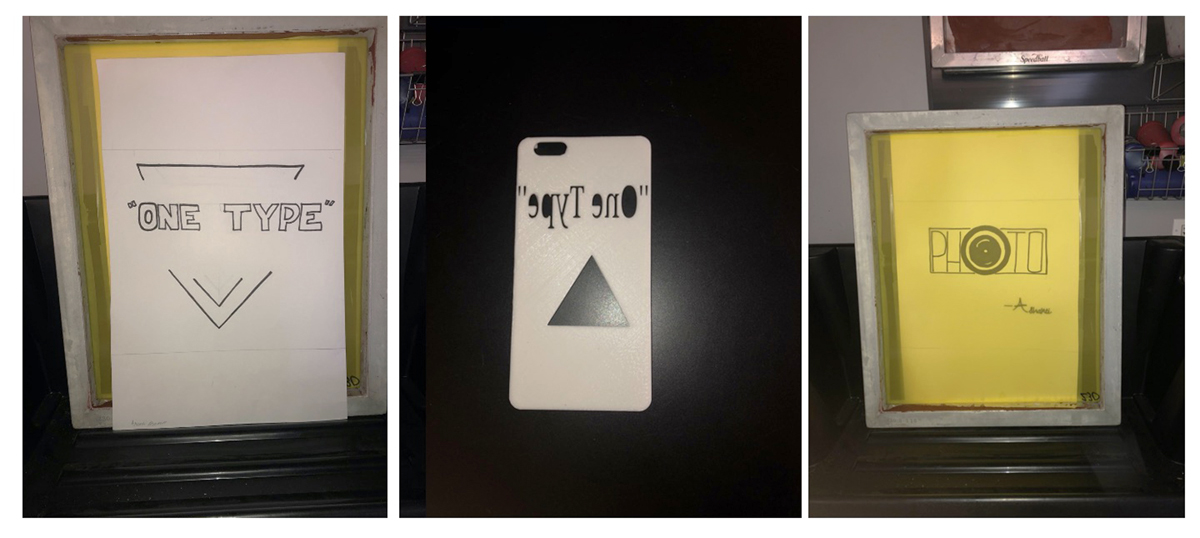
LET IT HAPPEN ORGANICALLY
The process of discovery can’t be forced. If structured group conversations are frustrating and unproductive, give students space to work out their own ideas. Trust your students to ask one another meaningful questions and decide for themselves how they want to interact with one another.
Katie Whitehurst
Legal Prep Charter Academy
Katie Whitehurst has been teaching art in some capacity since 2011. In the 2013-2014 school year she served with AmeriCorps in Buffalo and decided that she wanted to teach city kids. In the 2014-2015 school year she worked with AUSL as a resident to get her Masters in Urban Education. Since then she has worked in CPS as well as in her current position at Legal Prep Charter Academy in West Garfield Park. Her goal as an art educator is to develop meaningful relationships with students which foster an interest in creating. In her spare time she climbs, creates prints and plays with her new pup, Trooper.
